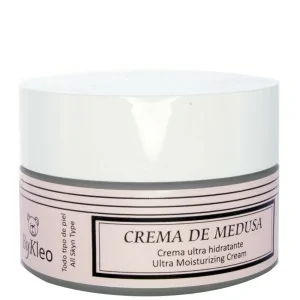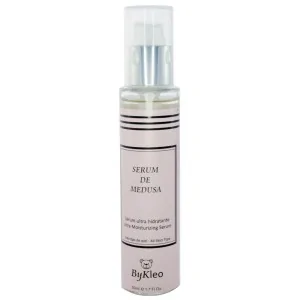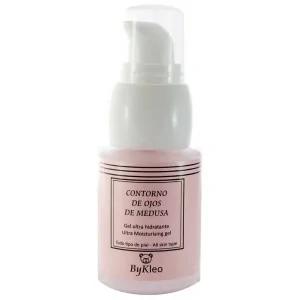Why the jellyfish?
- Since ancient times, jellyfish have been appreciated (consumed) in Asia for their medicinal properties to treat: hypertension, ulcers, digestive diseases, anti-inflammatory treatments. fatigue, weight loss and skin treatments; Jellyfish have beneficial properties similar to cartilage for strengthening bones and teeth, antithrombotic and antineoplastic.
- It is also used to improve memory, in addition to combating language problems, etc. related to age.
- In addition, this serum produces bioactive substances with bactericidal activity.
- Jellyfish have the unique ability to retain water and control the level of humidity.
- The body of Jellyfish consist of a transparent hemispherical umbrella extended by long tentacles loaded with stinging cells.
- It is a marine species that survives despite the high degrees of pollution in its environment, attacks from other species and even its own marine environment (salt water).
Use in Cosmetics
Mucin (highly glycosylated protein produced by the cells of the epithelial tissues of the metazoans in their body) It is a protein responsible for maintaining hydration levels and provides lubrication and anti-adhesive properties between cells. Numerous studies since 1900 demonstrate its properties:
- Protects: Jellyfish mucin has been isolated and has great similarity to human mucin. It is one of the main contributors to the rheological properties (viscosity) of the mucosa, which plays a fundamental role in defending against pathogens and environmental stress.
- Moisturizes: Jellyfish mucin has three times more hydrating and hygroscopic activity (attracts moisture) than hyaluronic acid. ByKleo Jellyfish Cream and Jellyfish Serum incorporates the jellyfish´s own bioactives in its formula to provide hydration, reduce cellular damage and create an improvement in the union of keranocytes to provide greater protection and hydration to the skin.
Xanthium strumarium (Burdana)
It is a species of herbaceous plant in the Asteraceae family, native to North America and now cultivated in Europe and Asia. Traditionally, the plant has been used for the treatment of hives, eczema or dermatitis due to its properties:
- Anti-inflammatory: Helps promote the elimination of fluids and reduces the sensation of swelling.
- Anti-allergy: Calms allergic skin reactions.
- Antibiotics: Fights infections by cleaning and healing.
- Healing: Heals wounds and other skin conditions.
- Anti-aging: Treats the skin by helping to reduce the appearance of wrinkles and therefore delaying skin aging.
- Detoxifying: Repairs the skin barrier and the appearance of the skin that has been damaged by contaminating particles.




